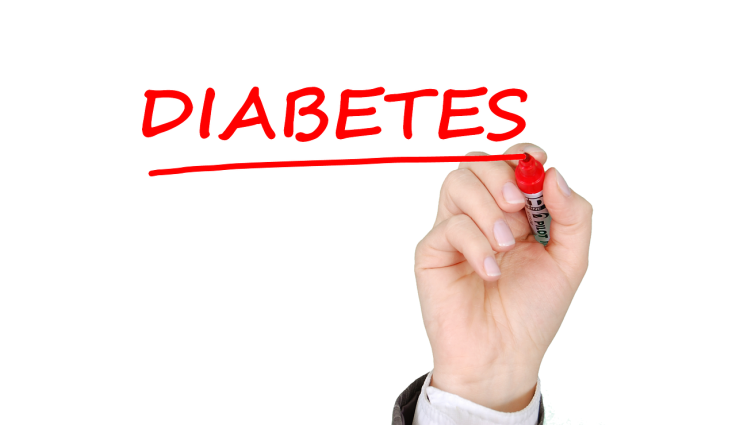Can Human Insulin Provide Cost-Saving Option To Diabetes Patients?

For many Type 1 diabetics in the United States, it’s either their disease will kill them or the scandalously high prices of insulin will.
This horrific choice has led to Americans dying because they couldn’t afford the hugely expensive insulin brands in the market. Other are forced to resort to rationing their insulin injection, which might lead to life-threatening complications later on.
One media expose the scandalously high prices for insulin and revealed the price of insulin in the United States is so high many diabetics are forced to ration their doses of the life-saving hormone. This situation led to the deaths of at least six diabetics over the past three years, said American civil rights groups.
Prices of insulin in the U.S. have skyrocketed by over 1,000 percent, a level unheard of in the rest of the world. What makes this inhumane example of sheer greed on the part of insulin makers and their middlemen is that when researchers in Toronto, Canada first discovered insulin in 1921, they sold the patent to the University of Toronto for $1.
These well-meaning scientists hoped that doing this would allow insulin to be available to all. This hasn’t happened in the U.S.
Between 1996 and 2017, American capitalists raised the average price of insulin by over 1,000 percent, said the Union of Concerned Scientists. From 2002 to 2013 insulin prices tripled, doubling again from 2012 to 2016 and have been rising since.
There are 23 million people in the U.S. diagnosed with diabetes. Of this lot, more than 30 percent take daily insulin injections to control their blood sugar (or glucose) levels.
Three companies control the market for insulin in the U.S.: the American Pharma firm Eli Lilly, Danish firm Novo Nordisk, and French multinational Sanofi.
All three say they aren’t to blame for these obscenely high prices. This untenable state of affairs has led other well-meaning people to explore other solutions to this intractable problem of exorbitant pricing.
While insulin therapy wasn’t the first line of treatment for Type 2 diabetes, it’s this way today. In the past, insulin therapy was a last resort, but today it's often prescribed sooner because of its benefits. This leads Type 2 diabetics to confront the same problem of sky high prices for insulin as do Type 1 diabetics.
Human insulin, which is cheaper than the analogue insulin now widely used in the U.S., might be a solution to much too expensive insulin. Before the popularity of analogue insulin, most people with diabetes were treated with synthetic human insulin.
This kind of insulin is identical to the body’s natural insulin, which replaced original animal-derived insulins in the 1980s. Analogue insulins became the first choice for patients because their action more closely matches the body’s own blood sugar patterns.
A recent study published in JAMA studied the option of switching from analogue insulin to human insulin. The participants were all older adults with diabetes using analogue insulin. Almost all had type 2 diabetes.
They were given financial incentives to change from analogue insulin to human insulin ($37.50 copay for analogue insulin versus no copay for human insulin). The human insulin was Humulin 70/30 or NPH insulin. The study period was about 24 months.
The study compared patients that switched to Humulin injected twice daily with an equal number of similar patients who continued their analogue insulin injected three or more times per day.
The most dramatic finding was a reduction in total insulin costs for the insurer by more than 50 percent. Because prescription costs were cheaper, fewer patients entered the Part D Medicare coverage gap during one calendar year. This also reduced costs borne by the patients.
The human insulin worked as well as the analogue insulin. Patientss had an overall 0.14% increase in glycohemoglobin A1C compared to those who did not switch insulin.
Glycohemoglobin A1C is a test used to estimate average blood glucose and assess whether a person’s diabetes is in control. Increased levels of glycohemoglobin A1C typically signal worsening control.
The 0.14% change observed in the study is small, and for most individuals wouldn’t be an important difference. Instances of severe hypoglycemia (dangerously low blood sugar) or hyperglycemia (high blood sugar) were not found to be different in the two groups.
Milder instances of hypoglycemia were not tracked, since most such episodes are self-treated by the patient or a companion. Hypoglycemia during the night has been shown in other studies to occur more commonly with human compared to analogue insulin.
As a whole, the study supports the idea it is possible for certain older individuals with type 2 diabetes to safely change from expensive analogue insulin to more affordable human insulin.
Published by Medicaldaily.com



























